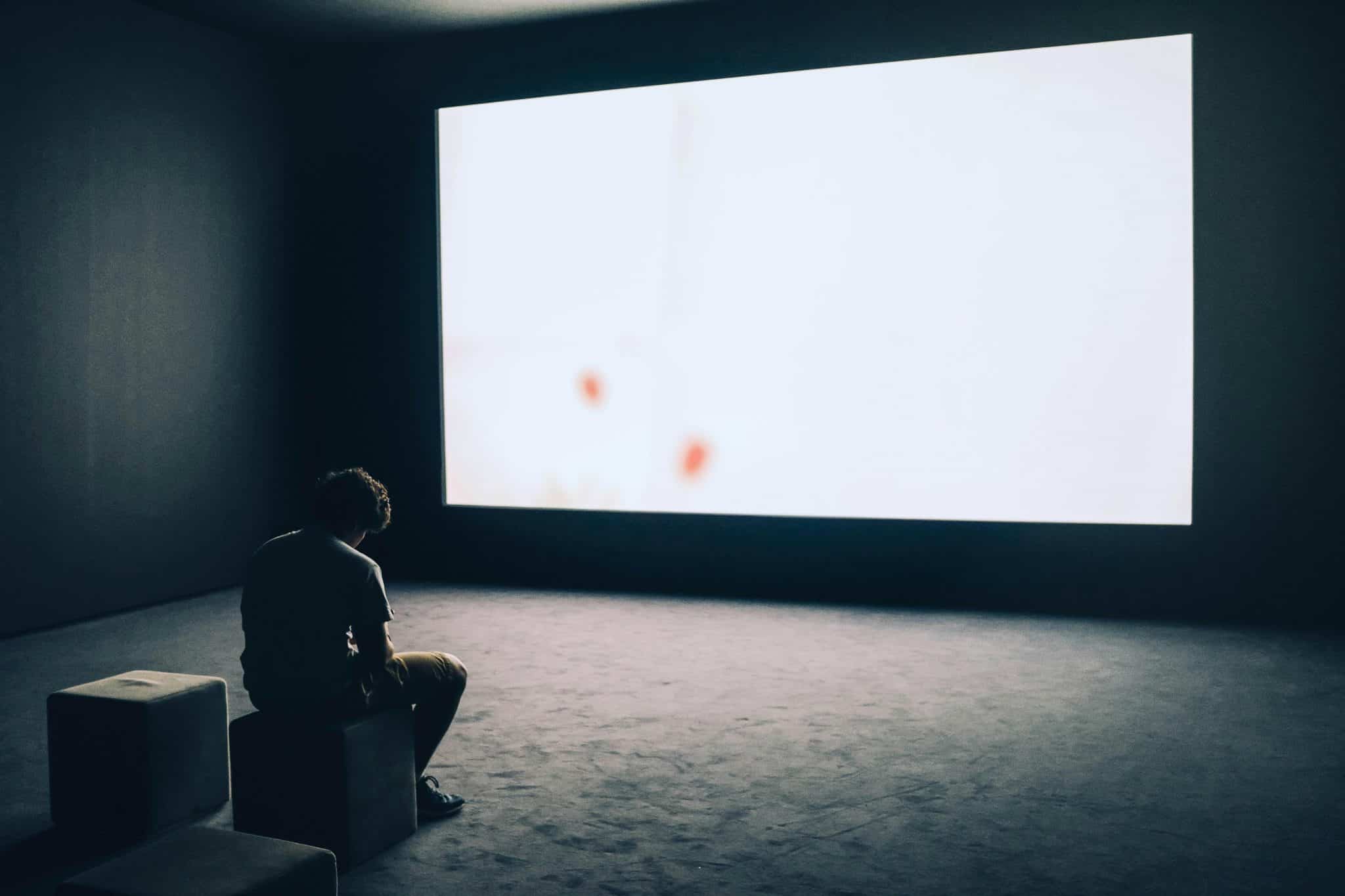Adam Alter: Irresistible Technology

Meet Adam Alter. Alter is a psychology and marketing professor at the University of New York and a New York Times best-selling author. His academic research focuses on judgment and decision-making, as well as social psychology – with a focus on how subtle cues in our environment shape our behaviors and thinking. His most recent work, Irresistible (2017), examines the troubling modern phenomena of behavioral addictions, especially in regard to many of our digital technologies, such as Instagram, Facebook, Netflix, Fitbit, and email.
Alter not only examines the trends of our digital behaviors, but also shines a light on programmers and developers use of practices and methods that intentionally keep us hooked.
With this in mind, we sat down with him this week to find out more about our behavioral addictions to our devices, as well as what we can do to fight back.
First off, what is behavioral addiction and how does it relate to our digital devices?
Behavioral addiction arises when you do something over and over again–compulsively–that feels good in the short-term but has negative effects on at least one aspect of your well-being in the long-term (e.g., your social life, relationships, physical and psychological health, financial well-being). It’s a lot like drug use or smoking or alcoholism–except that it involves experiences and behaviors that don’t involve the ingestion of a substance. Digital devices are responsible for a massive and sudden rise in behavioral addiction rates–by some estimates, half of us now suffer from at least one behavioral addiction.
What are some examples of digital features or experiences that create or drive behavioral addiction?
The major driver is unpredictable feedback–will my post attract likes, shares, comments, and so on? Will I have an email the next time I check my account? This uncertainty–as we see with gambling and lotteries–is very appealing to humans. We return to an experience over and over again if it promises the possibility of positive feedback even as it threatens to deliver negative feedback (having a post ignored or finding that your email inbox is empty or filled with unwanted mail, for example).
Is it as simple as staying away from Facebook, Twitter, games? How do we participate in their potential benefits yet avoid addiction?
You can try to escape addictive tech, but that isn’t a long-term solution.
It’s too great a part of our lives, and you need tech to function at work, to travel, to communicate, and so on. The best thing to do is to draw a bright line between the tech-connected part of your day, and the rest of the day when you’ll engage with other people, face to face, spend time in natural environments, and so on.
Who is really in control here? If we have to exert a ton of willpower to not become addicted to our devices, are we in control anymore?
We are in control, to some extent, but our willpower is limited, and eventually, as humans, we’ll all fail in the face of temptation. We have the choice to opt out, but it’s difficult to do that in the modern world. As a result, the designers of these forms of tech are in control, because they produce the experiences that we find so hard to resist.
What are some signs that we need to put our devices down? And do you have any tips for managing device time for students or professionals, who struggle with needing to be online – but not waste time?
The best thing we can do is to spend some part of every day as far away from tech as possible. Decide that you won’t use screens from, say, 5-8pm every day. Remove all push notifications from devices so that you, rather than the device, decide when to engage. You’ll know if you need to put down your device by asking whether it’s coming between you and other people; whether it’s pushing you to spend too much money on apps and in-game purchases; whether it’s getting in the way of your health, your ability to work efficiently, and your psychological health.
To learn more about Adam Alter, his research, or books – click here.



